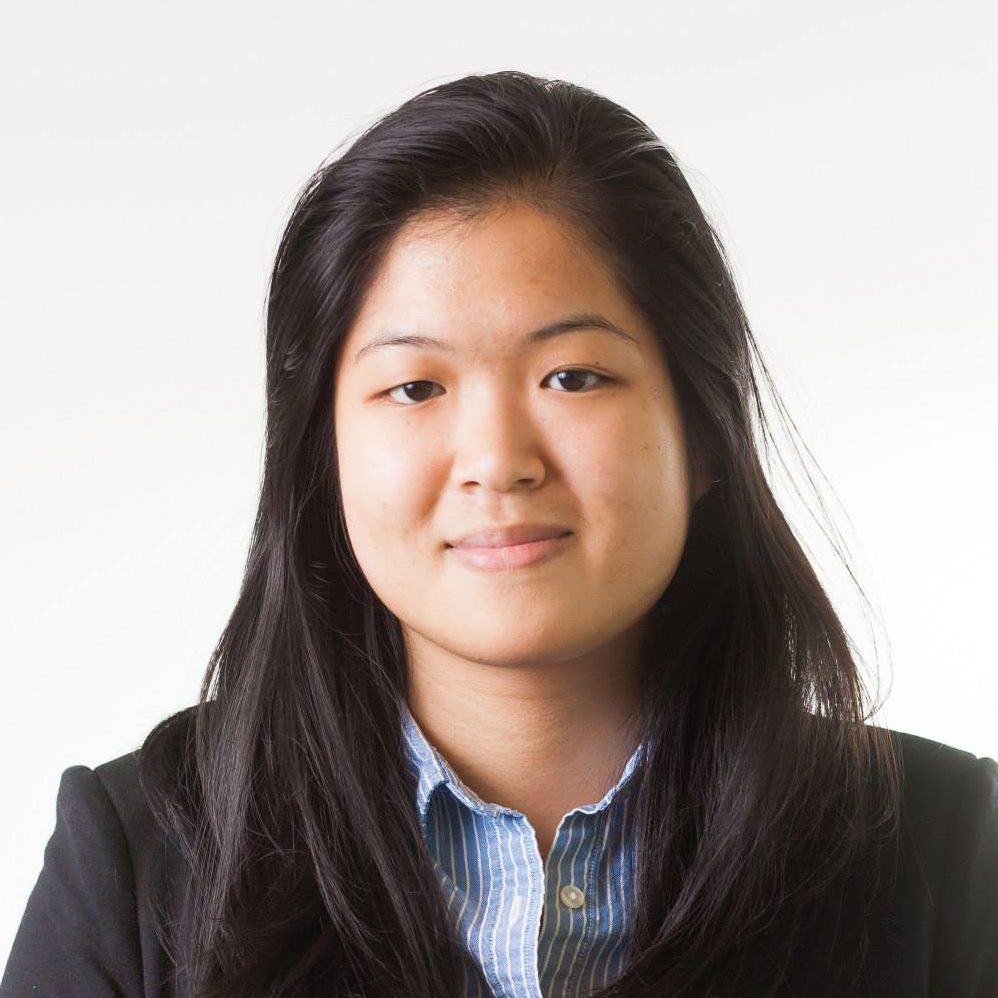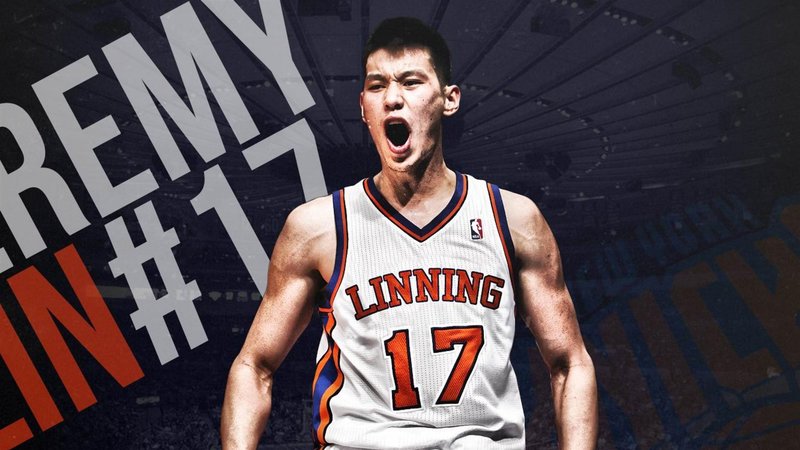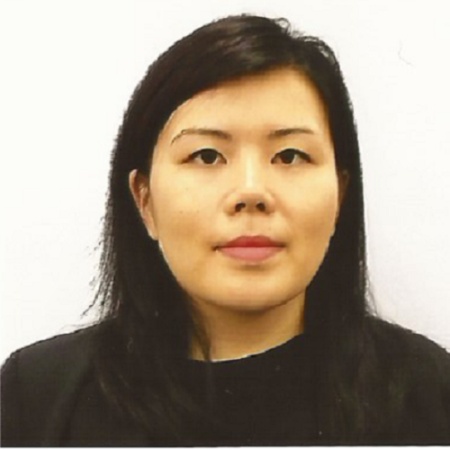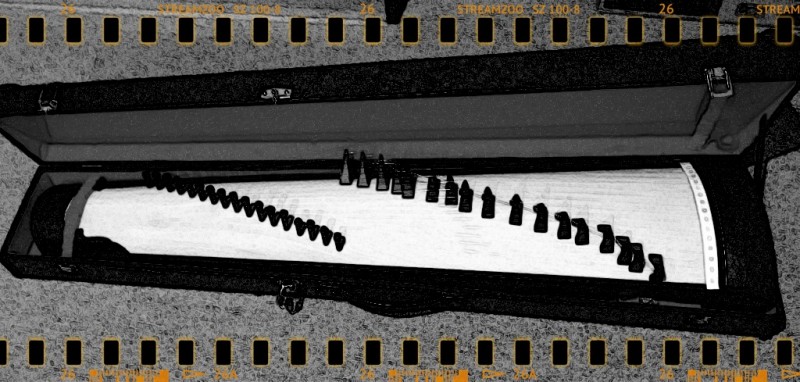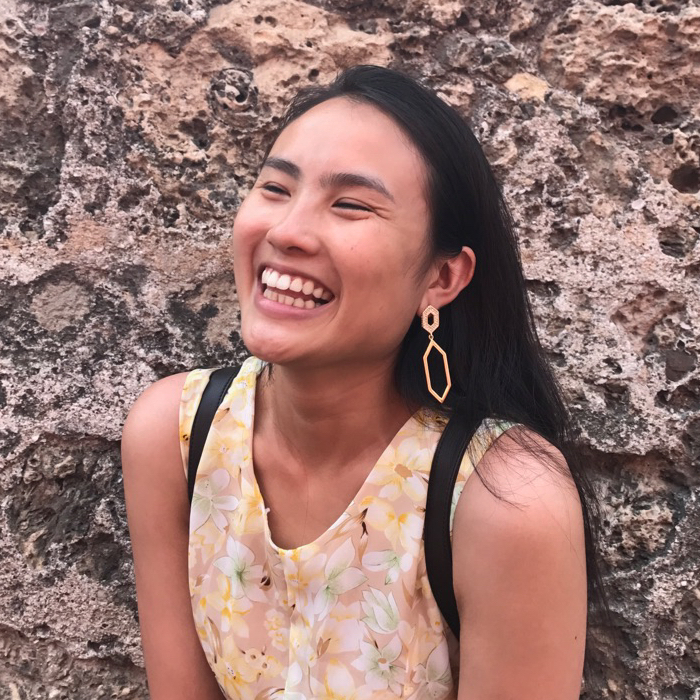
John Cho has come a long way since his stoner days in “Harold and Kumar Go to White Castle,” and this fall, he will be costarring in a new comedy show called “Selfie.” However, it’s not just Cho that is receiving a big break – it’s all the Asian American actors struggling to pursue their dreams in Hollywood.
For an Asian American actor to costar – not merely support – in a primetime show, it is a landmark event. Hollywood has a long history of exoticizing these same actors. Asian Americans have shared a presence in Hollywood since the Silent Film era.
The most noticeable in early Hollywood was with Japanese-born leading man Sessue Hayakawa. Curiously, Hayakawa was considered a sex symbol during this time for the same reasons that fans of the Twilight series are so enamored with the character Edward Cullen. Hayakawa was otherworldly and mysterious. Later depictions of actors of Asian descent are not as flattering.

Sessue Hayakawa. Photo by Apeda, circa 1915.
A contemporary to Hayakawa is Anna May Wong, a third-generation Chinese American. Growing up in the Chinatown of Los Angeles, Wong was frequently exposed to American cinema and often sneaked into theaters.
Though she was, by all means, an American girl at heart, Wong was well aware of the racial attitudes of her time. Asian actors were typecasted into exotic or villainous roles, and, despite her efforts, Wong could not escape these secondary portrayals. In the most crushing irony, her Chinese ancestry blocked her from playing even Chinese characters. The then-existing anti-miscegenation laws forbade any interracial relations (real or fictional).
Because there was a dearth of Asian leading men in Hollywood, Wong’s options were extremely limited. Even then, Wong often did not fit the idealized Chinese mold that permeated through public imagination and, as a result, was rejected from roles for being “too Chinese.” To give the audience an Asian face, Caucasian actors would often act in “yellowface,” make-up with usually inflammatory undertones.

Anna May Wong in 1930. Photo courtesy of IMDB.
Along with being fitted with stereotypical roles, Asian actors were also relegated to the supporting cast. Bruce Lee played Kato, the Green Hornet’s sidekick, during the original TV run. Lee would later leave to star in Hong Kong cinema in response to the lack of leading roles offered in the United States, which is a trend that still exists to this day.
Other Asian Americans actors, such as Pat Morita (famous for playing Mr. Miyagi in “The Karate Kid”) and Lucy Liu, have made much ground since the days of early Hollywood. However, they were still placed into roles in which the characters have a distinctively Asian aspect.

Bruce Lee and Van Williams in “The Green Hornet” on January 1, 1966.
Fast forward to 2014. Why does John Cho matter in “Selfie”? Simply, his character is a complete stranger to these old paradigms casted upon Asian American actors. Cho plays a consultant who coaches Karen Gillian’s character on how to rise above the intrigues of Web 2.0 and effectively market her real world self. No extra ideas attached.
Based from the sneak peeks, Cho’s character is not reflected by his Asian ancestry, and the cast itself is rather diverse. Thus, Cho’s involvement in “Selfie” shows the transcendence beyond ethnicity and into a shared nationality.
—
Photo courtesy of ABC.

